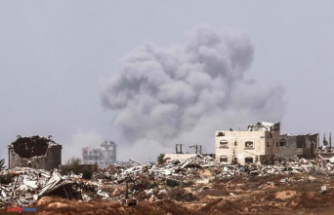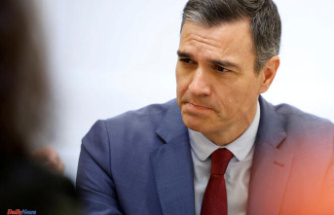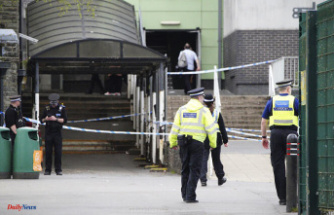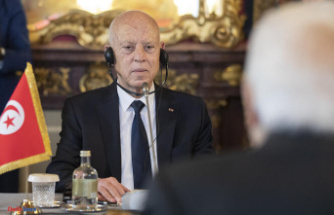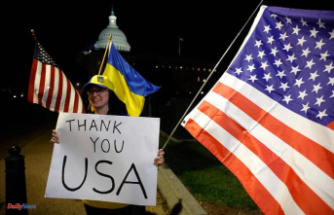Chomon's second was a pioneer of cinema who was born in Teruel on October 17, 1871. Among the many acts scheduled to celebrate the 150th anniversary, his hometown opened last Sunday, coinciding with the day of his birth, the Chomon exhibition. The fantasy cinematograph on the life of him and the contribution of him to the cinema.
With only 24 years, in 1895, Chomón emigrated to Paris, where he discovers the cinematographer of the Lumière brothers and introduced in the newly initiated world of cinema.
He stressed as a pioneer in creating special effects or tricking. Compared to George Méliés for the technical quality and creativity of him, he was hired by the most important cinematographic of the time, such as Pathé Frères or La Itala Films.
It is believed that he participated in more than 250 films and, initially, he put his talent at the service of other directors of France, Italy and Spain.
For example, hers are the effects of the hen of golden eggs of Capellani (1905) or the son of the Diablo of Lépine (1906). Then he would take the command to shoot movies like the enchanted house (1907), boasting bolard (1908) or the most achieved work of him, the electric hotel (1908).
It is said that Chomon was the forerunner of travelling or filming with platform with wheels or that was the best in the technique of the crank passage to provide his life objects. Likewise, he sat the foundations for the development of the Spanish film industry.
If interesting is your work in the world of cinema does not stay behind your exciting biography. The family tree goes back to the Byzantine empire, at the eleventh century, when an ancestor of his, the French gentleman Hugo de Vermandois, participated in the crusades of the conquest of Holy Land.
In the Turolense capital, at eleven and quarter of the night of October 17, 1871, second Víctor Aurelio Chomón Ruiz, at the number 8 of Chandria Street, according to it.
The house in question was destined to the season to the aquacodeling of the Civil Guard, so it can be assumed that the progenitor of the future filmmaker was attached to this institution.
Little is known about his childhood and adolescence, because the archives of Teruel were destroyed during the civil war. He did not follow the paternal tradition of medicine, it is believed that he studied engineering and, with just 24 years old, from Teruel gives the great leap to Paris.
In the French capital he meets the one who will be his wife, Julienne Mathieu, an actress of theater and Vodevil, born in 1874 in a family dedicated to the Farándula.
Julienne will not only be his wife, but his close collaborator, his mussel and protagonist of some of his films.
They had a child, Robert, who would become a camera and operator assistant. This in turn was Piero Chomon's father, reputed photographer in Turin and faithful guardian of the legacy of the second grandfather of him.
On May 3, 1897, without a good reason, the second of Chomón abandoned Paris and moved to Barcelona where he enlists in the army as a volunteer and days later he is led to Cuba aboard Steam San Fernando.
After the defeat of Spain, he returns to the peninsula and then travels to Paris where his wife and son are awaited. In the Parisian capital he continues with his tireless cinematographic activity, with sporadic trips to Spain, one of them to shoot the wedding of Alfonso XIII.
In 1902, a workshop that markets its colored system is installed in Barcelona and opens. He manufactures his own film camera and films a film in which he uses the tricking of models: Train shock. Of the same year Data Monserrat.
In the spring of 1912 you accept the offer of the Turinea Itala Films of Pastrone to work as a technical operator in special effects. During the First World War, the studies of said producer became a hospital, despite which they continued to rolling films.
In 1923 he returns to Paris, where he works in collaboration with the Swiss engineer Ernest Zollinger in a color film system by which he obtained the Gold Medal of the International Exhibition of Photography, Optics and Cinematography of Turin.
To test the new color system, the Keller-Dorian house sends the second of Chomon in June 1926 to the Morocco protectorate with the object of testing that procedure in a documentary.
In Morocco, it contains a contagious disease, without specifying, which is sharpened in autumn and in early 1929 it is transferred to the Tenon Hospital in Paris, where it dies on May 2 at 57 years of age.
He was buried in the Parisian cemetery of Pantin and, not being renewed his burial after five years, because the family had moved to Turin, in 1934 his remains were thrown into a common grave.
After decades of silence and forgetfulness, it was not until the 70s when he began to assess and recognize the contributions of Chomón's second to the world of cinema.
Promoted by the Institute of Studies Turolens and curated by Julio Sánchez Millán, president of the Royal Photographic Society of Zaragoza, the exhibition will remain open until December 31 at the Foundation Lovers of Teruel.
At the same time, there will be a cycle of conferences and a cineclub with some of his films and the book of Iván Núlez entitled that day was born in which a genius was born.
The film of Catalonia has also organized various activities, given the presence of Chomon for years in Barcelona, such as a web that will be left as a legacy, a collection of books about filmmaker or recovery and restoration of some of his films.
Date Of Update: 21 October 2021, 01:21

